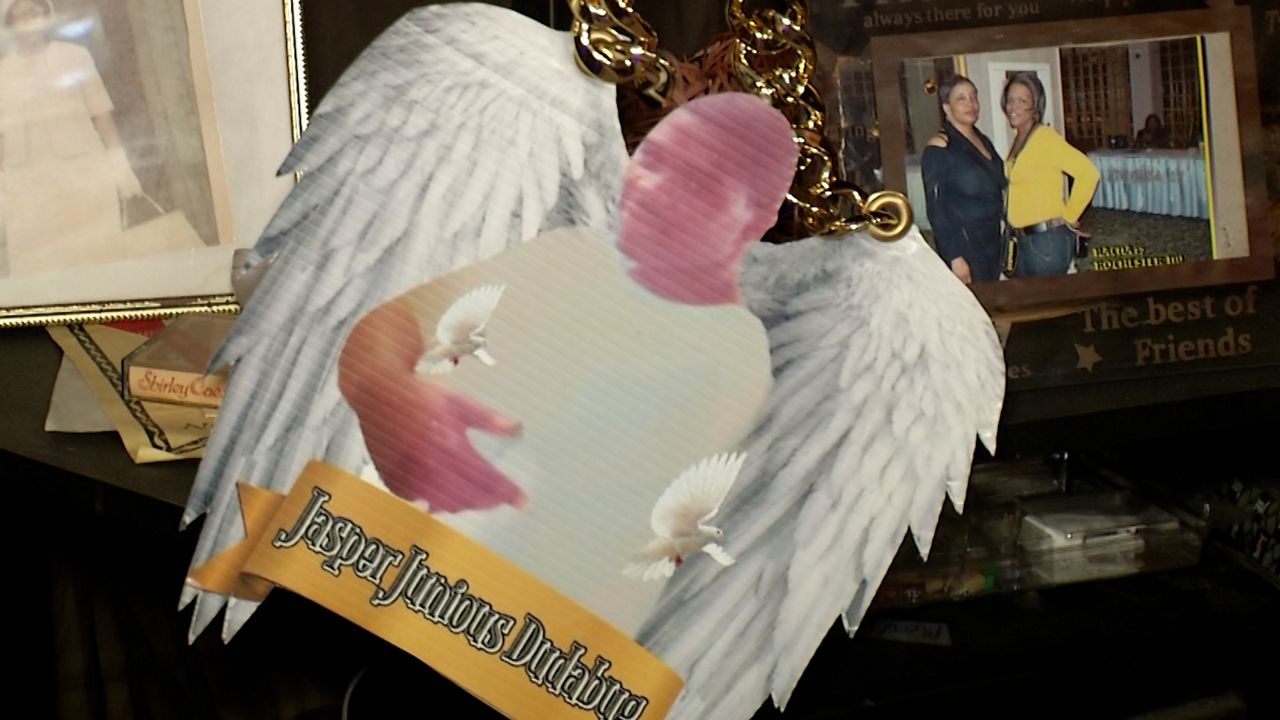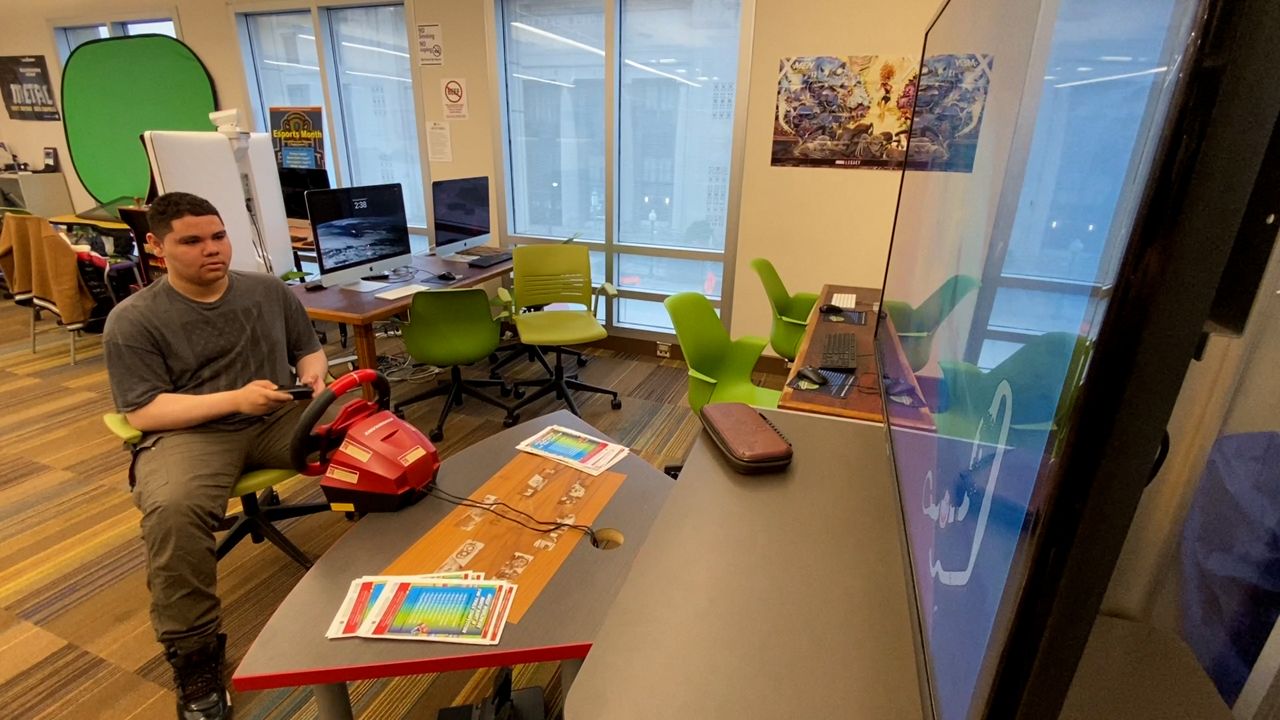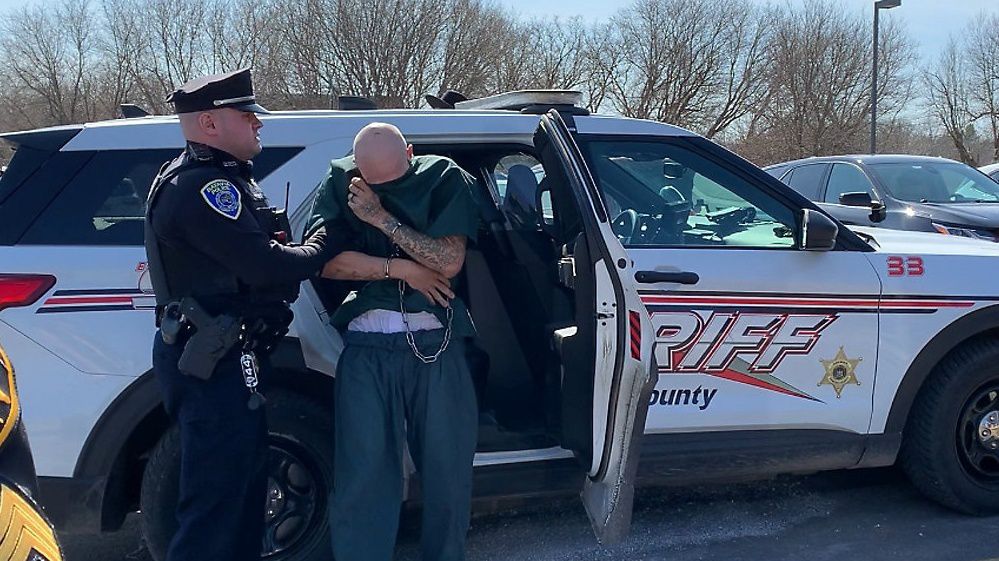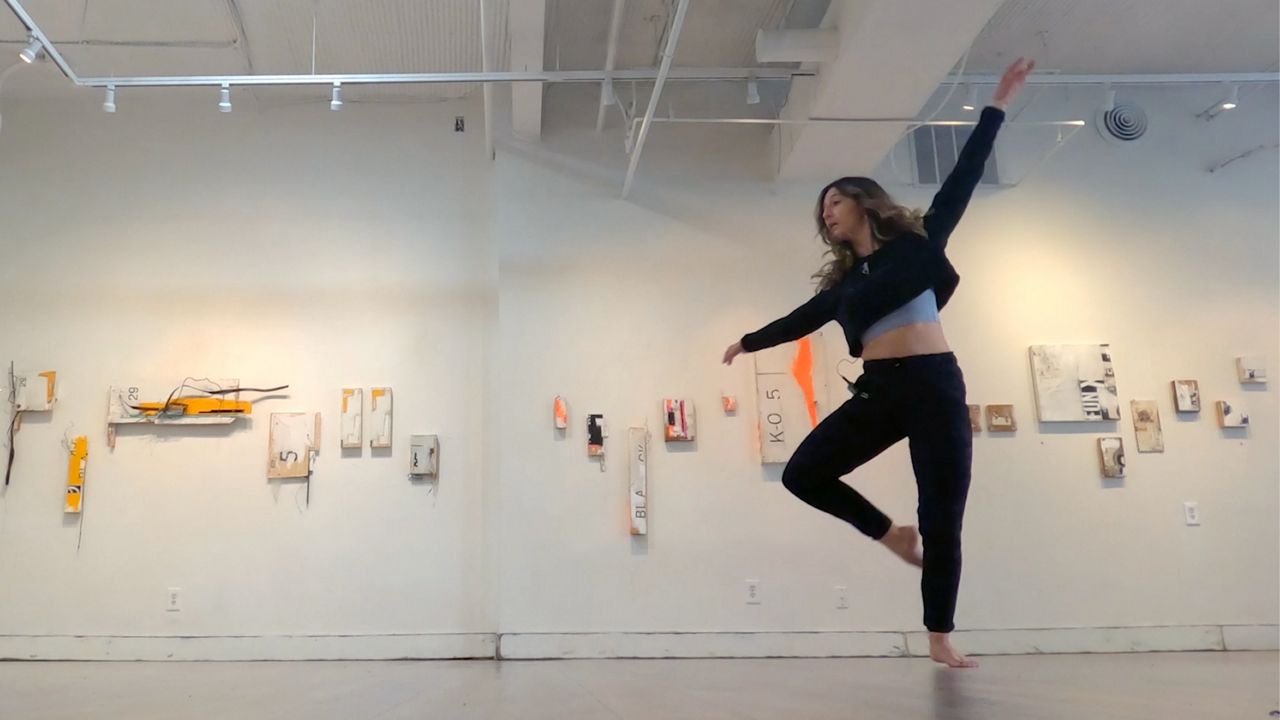ROCHESTER, N.Y. — As minutes, hours and days go on and history progresses. That’s when the research begins for Geoffrey Zeiner.
“Everyone's neighborhood has something in the past that's like gone that's disappeared from everything but maps and newspaper articles,” Zeiner, ‘Gonechester’ blog creator, said.
“When my kids were asleep,” Zeiner said of when he works on the blog. “I started researching a little bit about my own neighborhood, starting with my own house, my street things like that. And I was finding a lot more there than I expected.”
Discovering stories about people and places that once were part of Rochester, but now are no longer with us.
“I started collecting as much photographic information as I could,” Zeiner said. “And I could say, 'hey, look, there used to be this on our street. Did you know about this?' And people would be like, ‘Oh, wow, you know, I can see it, I can imagine it.’”
Sourcing out photographs, newspaper articles, and primary documents, Zeiner paints a picture of these lost locations, and the people who once lived and worked in them.
“The most interesting experience researching was the story of Joe Wood,” Zeiner said. “And he was a baseball figure, like a statue about 6 feet tall, made out of wood. I was able to track its history from when it came into Rochester all the way to when it went to the Baseball Hall of Fame.”
His work is compiled through his blog, Gonechester, and supporters and history lovers gathered recently for Zeiner’s first ever public presentation at Pittsford Community Library.
Zeiner provides a glimpse of what the world once was.
“I hope that they just gain an appreciation for just how deep history is,” Zeiner said. “Like you look at a building and you see it and you don't think about when it was that built, what was there before, you know, the hundreds of years of history that happened.”
Visualizing history’s impact on society and how the past has created the present.
“Finding people who kind of got lost in the archives and bringing them up to the forefront,” Zeiner said. “And I guess I just hope somebody might do that for me someday, kind of resurrect me when I'm just words on a page.”











